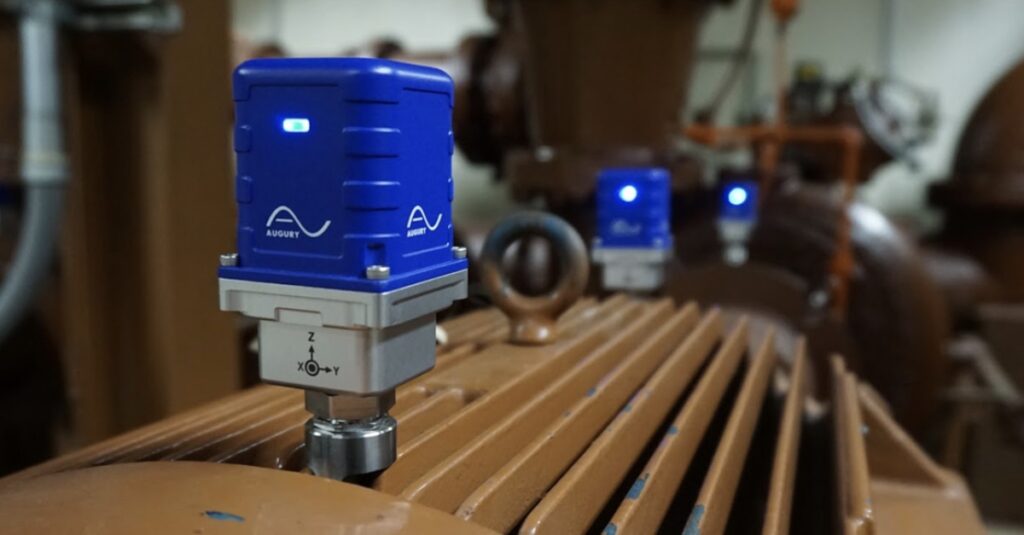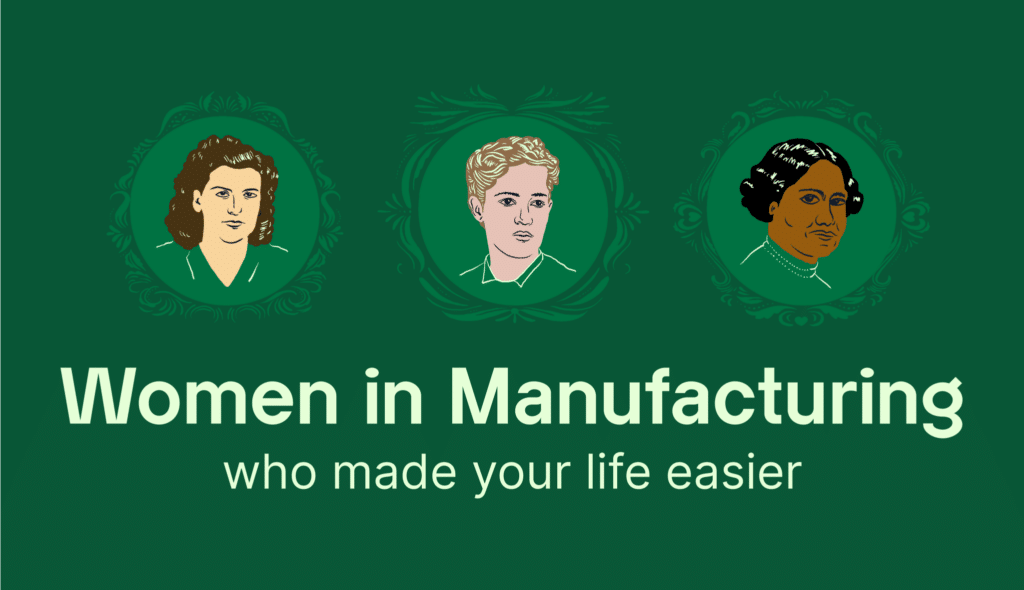
It’s Not All About Vibration. All Hail Magnetic Flux!
Why is measuring magnetic flux essential for interpreting vibration data related to the health of your machines? “It provides the context you and the AI need to make accurate and trustworthy predictions – without any false alerts,” according to Augury solutions architect (and VA) Andrew Pry. So why is measuring magnetic flux only now becoming a standard part of a VA’s toolbox?







